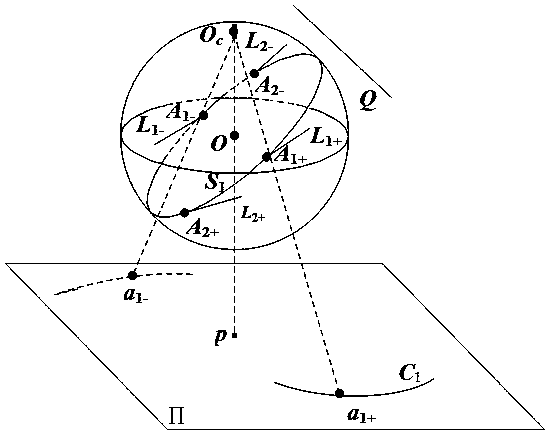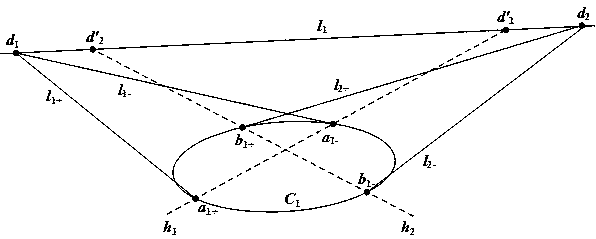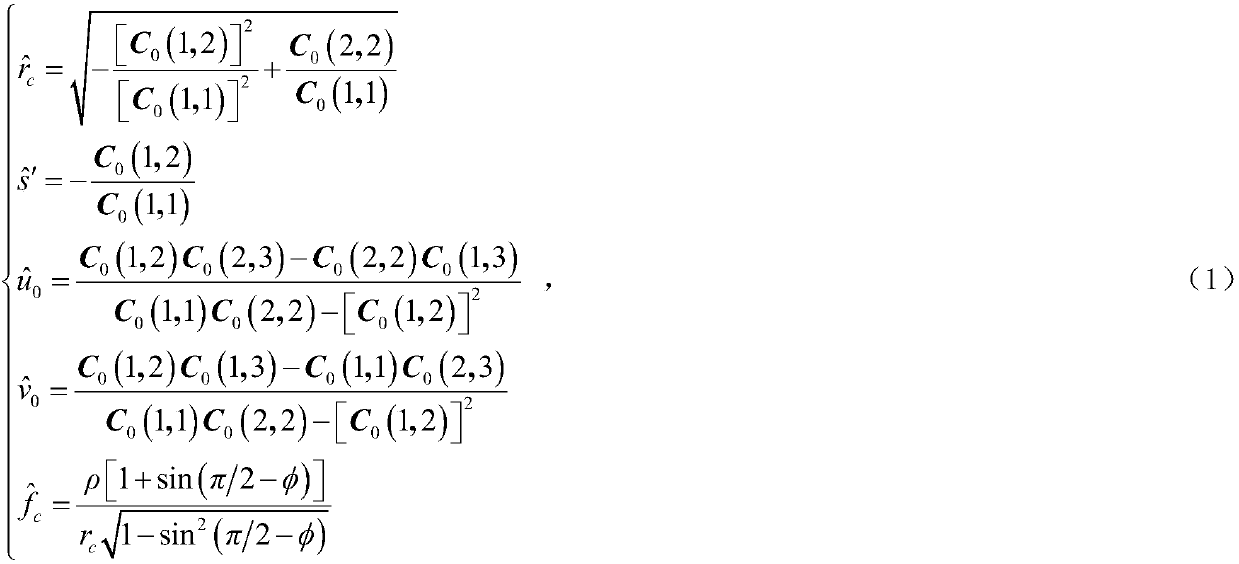Method for calibrating parabolic reflex camera by using properties of conjugate diameters of straight line and circle
A conjugate diameter, catadioptric technology, applied in the field of computer vision, can solve problems such as degradation, and achieve the effect of simple production
- Summary
- Abstract
- Description
- Claims
- Application Information
AI Technical Summary
Problems solved by technology
Method used
Image
Examples
Embodiment
[0051] The invention proposes a method for linearly determining the internal parameters of a parabolic catadioptric camera by using a straight line as a target. The schematic structural diagram of the experimental template adopted in the present invention is as follows: figure 1 shown. The embodiments of the present invention will be described in more detail below with an example.
[0052] The experimental template used in the calibration of a parabolic catadioptric camera based on a straight line in space is a straight line in space, such as figure 1 As shown, the straight line is denoted as Q. Using the method of the present invention to calibrate the parabolic catadioptric camera used for the experiment, the specific steps are as follows:
[0053] 1. Fitting the image boundary and target curve equation
[0054] The image size used in the present invention is 1800×1700. Use the parabolic catadioptric camera to take three experimental images of the target, read the image...
PUM
 Login to View More
Login to View More Abstract
Description
Claims
Application Information
 Login to View More
Login to View More - R&D
- Intellectual Property
- Life Sciences
- Materials
- Tech Scout
- Unparalleled Data Quality
- Higher Quality Content
- 60% Fewer Hallucinations
Browse by: Latest US Patents, China's latest patents, Technical Efficacy Thesaurus, Application Domain, Technology Topic, Popular Technical Reports.
© 2025 PatSnap. All rights reserved.Legal|Privacy policy|Modern Slavery Act Transparency Statement|Sitemap|About US| Contact US: help@patsnap.com



